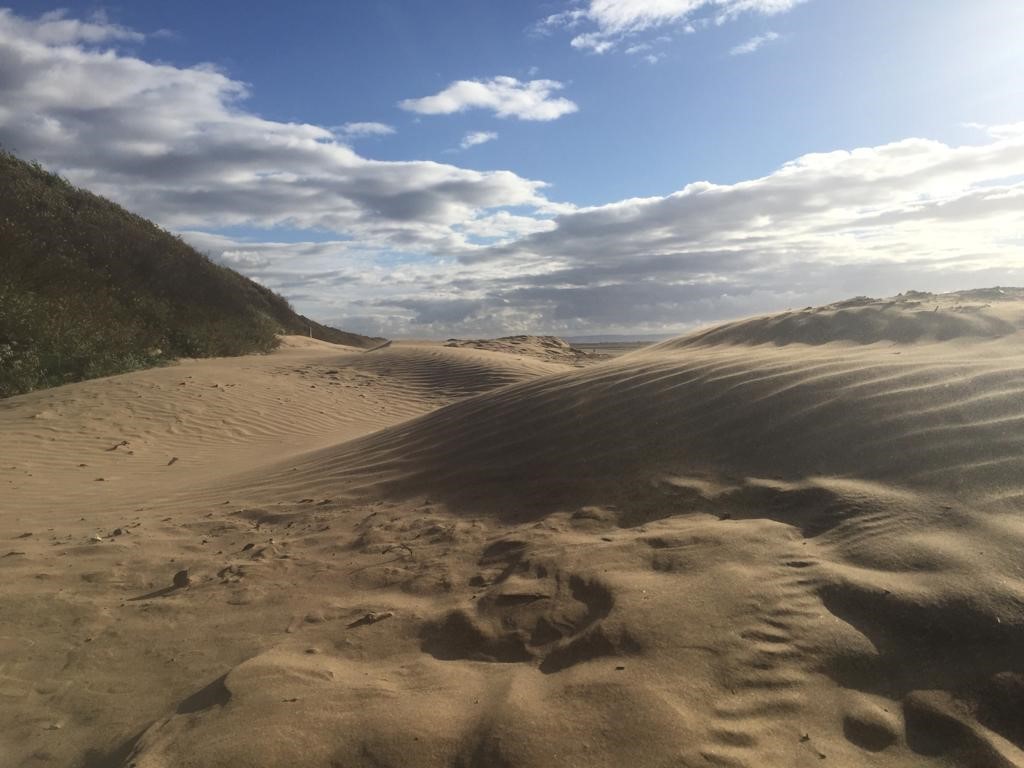One of the best parts of the job of Heritage Minister is deciding whether to ‘list’ ancient monuments and buildings so they are protected for future generations to enjoy. It isn’t just castles or cathedrals; I listed the Abbey Road zebra crossing from the famous Beatles album cover; various railway bridges built by Isambard Kingdom Brunel, and Weston’s Hans Price-designed former library at the end of the Boulevard too.
So even though it wasn’t quite the same as a formal Heritage ‘listing’, when I heard about the plans protect Uphill’s sand dunes, I’d definitely heard of stranger things.
It turns out that sand dunes are surprisingly delicate. They are constantly being moved by the winds and the tides, which means that – like glaciers – they slowly shift around. But if too many humans walk through them, then our tracks and paths can put natural processes into reverse and they wear down pretty quickly too. The results are increased coastal erosion – important for villages like Uphill with a potential for flooding – and lost wildlife habitats as well. Sand dunes are the most at-risk habitat in Europe, and UK sand dunes have reduced in volume by around a third since 1900.
The solution is to let nature do its thing, by encouraging deep-rooted plants like Marram grass spread across the dunes to anchor them in place. That means stopping too many humans walking all over it for a bit, with traditional, good-looking chestnut paling fences to keep us all off the most sensitive and at-risk bits. Plus some signs asking visitors to do their bit as well.
If it all works, then the dunes should thrive so Uphill’s children and grandchildren will be able to enjoy them too. And that will be a legacy we can all be proud of.

